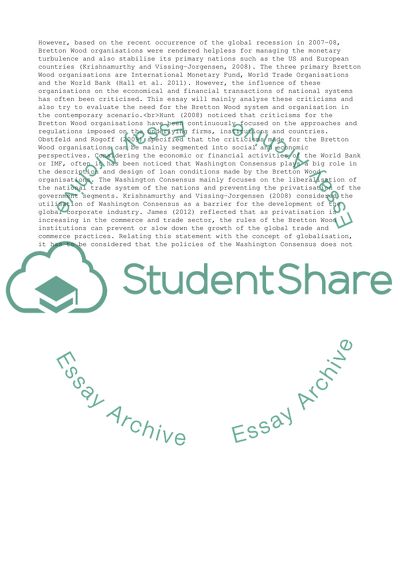Cite this document
(“Global Economy Essay Example | Topics and Well Written Essays - 2500 words - 1”, n.d.)
Global Economy Essay Example | Topics and Well Written Essays - 2500 words - 1. Retrieved from https://studentshare.org/management/1684399-global-economy
Global Economy Essay Example | Topics and Well Written Essays - 2500 words - 1. Retrieved from https://studentshare.org/management/1684399-global-economy
(Global Economy Essay Example | Topics and Well Written Essays - 2500 Words - 1)
Global Economy Essay Example | Topics and Well Written Essays - 2500 Words - 1. https://studentshare.org/management/1684399-global-economy.
Global Economy Essay Example | Topics and Well Written Essays - 2500 Words - 1. https://studentshare.org/management/1684399-global-economy.
“Global Economy Essay Example | Topics and Well Written Essays - 2500 Words - 1”, n.d. https://studentshare.org/management/1684399-global-economy.


